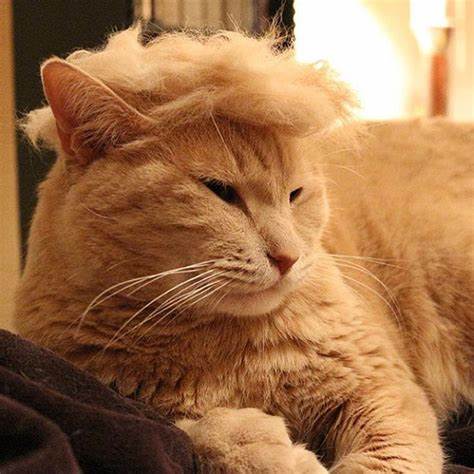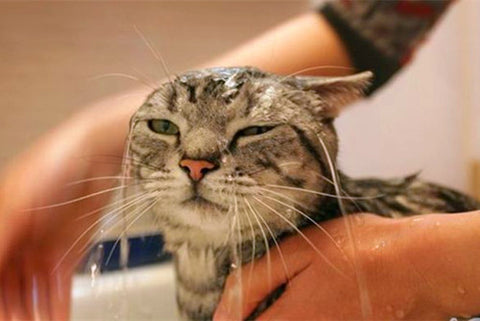Matting is a common problem in cats, particularly in those with long or thick fur. Matting occurs when the hair becomes tangled and matted together, forming clumps that are difficult to remove. Matting can be uncomfortable for cats and can even cause skin irritation and infection if left untreated. Additionally, matting can make it challenging for cats to move freely, causing discomfort and even pain.

Hairballs are another common issue that cats face, especially those with long hair. Hairballs are formed when a cat ingests hair while grooming itself, and the hair accumulates in the stomach, forming a ball. This can cause gastrointestinal distress and even blockages, which can be serious if left untreated.
Regularly brushing your cat's fur is the best way to prevent matting and hairballs. Brushing removes loose hair, tangles, and dirt, preventing them from forming clumps and mats. It also helps distribute the natural oils in the cat's fur, keeping it healthy and shiny. Brushing also helps reduce the amount of hair that your cat ingests, which can prevent hairballs from forming in the first place.

So, how often should you brush your cat's fur? The answer depends on your cat's fur type and length. Long-haired cats need to be brushed daily, while short-haired cats can be brushed a few times a week. However, it's essential to note that some cats may require more frequent brushing than others. For example, cats with thick fur or those prone to matting may need to be brushed more often to prevent matting and hairballs.
When it comes to brushing your cat's fur, there are a few essential tools that you'll need. A slicker brush is a must-have for cats with long hair, as it helps remove tangles and mats. A metal comb is also useful for getting rid of any remaining tangles and knots. Additionally, you'll need a soft-bristled brush for sensitive areas, such as the face and belly.

When brushing your cat's fur, it's important to start at the head and work your way down. Be gentle when brushing, especially if you encounter tangles or mats. Use short strokes and apply light pressure to avoid hurting your cat. If you encounter a knot or mat that you can't remove, don't pull or cut it out. This can cause pain and injury to your cat. Instead, take your cat to a professional groomer, who can safely remove the mat without causing harm.
It's also essential to brush your cat's fur in a quiet, calm environment. Cats are sensitive creatures and may become anxious or agitated if they feel threatened or stressed. Take your time and be patient when brushing your cat's fur, and reward them with treats or praise to make the experience more positive.

In addition to regular brushing, there are other steps you can take to prevent matting and hairballs in your cat. Providing your cat with a healthy, balanced diet can help keep their fur healthy and reduce shedding. Additionally, giving your cat hairball prevention treats or supplements can help prevent hairballs from forming.
In conclusion, brushing your cat's fur is an essential aspect of cat care that shouldn't be overlooked. It helps prevent matting and hairballs, keeping your cat comfortable, healthy, and happy. By using the right tools and techniques,
